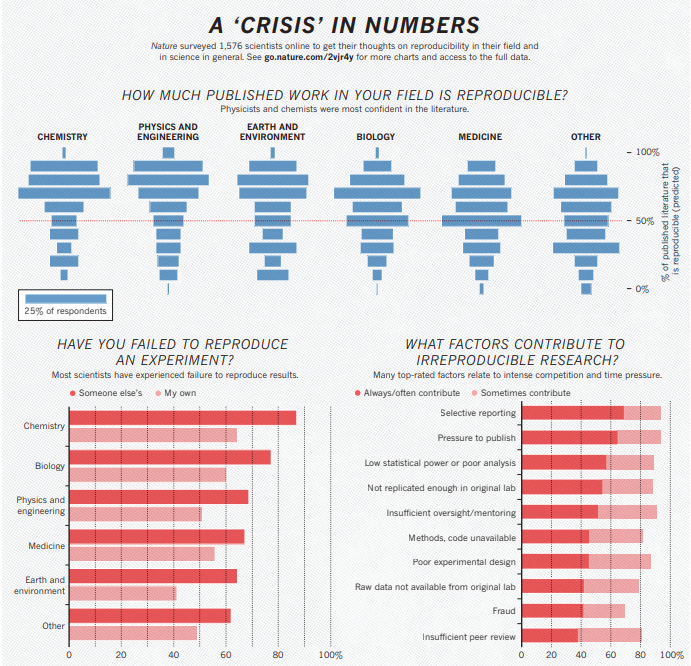Reproducibility
You may have heard of the reproducibility crisis in Science. This oft-wielded word (“reproducibility”) is usually thrown around in two contexts. The first, and perhaps more prominent in recent years, is the failures of reproducibility with malicious intent. This is where researchers alter figures, p-hack, arbitrarily create data and or otherwise lie or inflate results in the furtherance of career and “prestige”. That will unfortunately always be a part of society. The other and more usually intended context is that of the Nature 2016 article “Estimating the reproducibility of psychological science” (Open Science Collaboration 2015), a portion of which I reproduce below. As always, the geographer is missing, but my two closest analogs, “Engineering” and “Earth and Environment” pose two very different shapes of bell curves.

Those who know me might say I’m a pretty spatial person and one of the worst geographers on the planet. I don’t know street names, place names, and most of my direction giving is based on gesturing and coffee shop landmarks. That is to say, place is pretty arbitrary to me. Space however is not, and so when I functionalize or apply an algorithm in one spot on the earth, I refuse to be satisfied until that works elsewhere. This seems counter-productive until I am asked a week and a half later to do it with a slight tweak and have to overcome all that inertia and friction again. And so, to help me get past this, I’ve become a hard core note taker, and make code and documentation available directly in line (“data driven”) where it makes sense. When that’s not feasible or the appropriate use case, I default to dockerized compute environments.